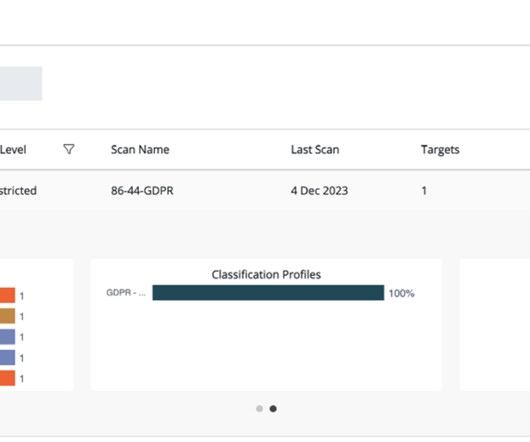How Machine Learning Can Accelerate and Improve the Accuracy of Sensitive Data Classification
Thales Cloud Protection & Licensing
DECEMBER 11, 2023
Part of this process includes identifying where and how data is stored—on-premises, in third-party servers or in the cloud. While an organization might already know the location of structured data such as a primary customer database store, unstructured data (such as that found in stray files and emails) is more difficult to locate.












Let's personalize your content